15 Fall Gardening Myths People Still Believe (and What to Do Instead)
Fall is a busy time in the garden, but it is also a season when plenty of old advice gets passed around. Some of these tips sound convincing, yet they can actually do more harm than good if followed too closely. Knowing the difference between myth and fact makes it easier to prepare your yard for the colder months ahead and set the stage for healthy growth next spring.
This post may contain affiliate links, which helps keep this content free. Please read our disclosure for more info.
You Should Stop Watering Once Fall Arrives

It’s a common belief that gardens no longer need water once the temperatures cool down. While fall often brings rain, those showers are not always enough to keep roots hydrated. Plants, especially newly planted trees and shrubs, need consistent moisture until the soil freezes. Without this, they can enter winter stressed and vulnerable.
The best approach is to water deeply every week or two, depending on rainfall. Pay close attention to evergreens, since they continue losing moisture through their leaves throughout the colder months. By keeping the soil moist, you help plants store the energy they’ll need to bounce back in spring.
Raking Leaves Is Always Necessary
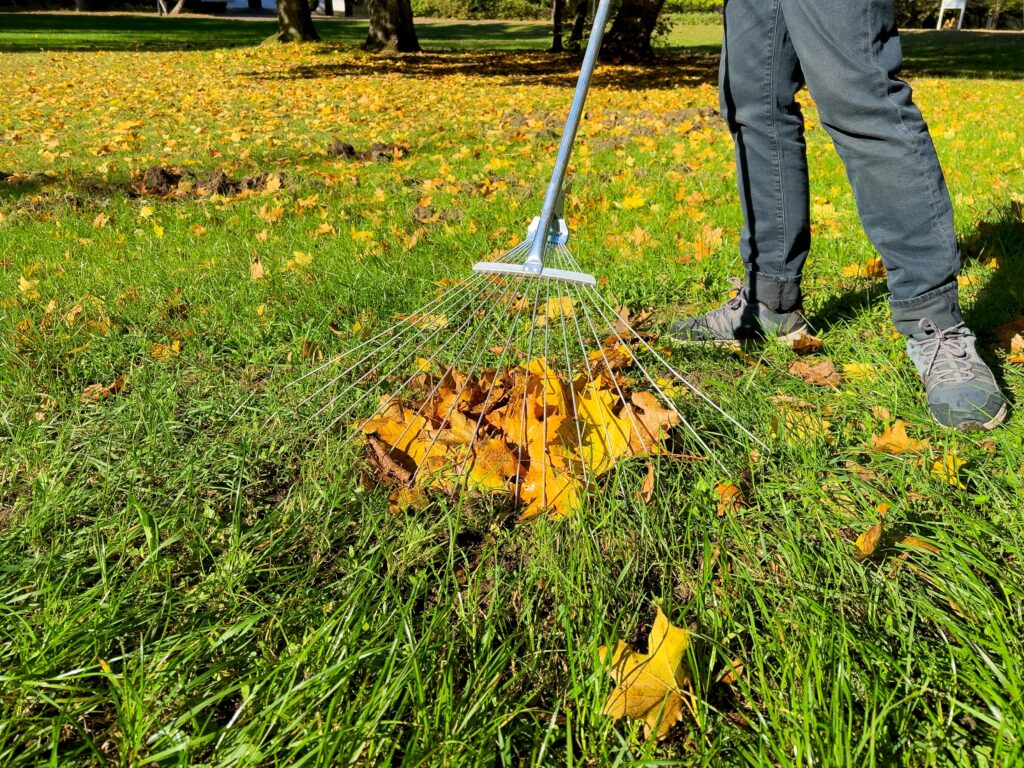
Many gardeners feel pressured to clear every single leaf from the lawn in autumn. While thick, matted layers can smother grass, completely removing them takes away a free source of nutrients. Shredded leaves naturally break down into the soil and enrich it with organic matter.
Instead of bagging everything, mow over the leaves to create smaller pieces that decompose faster. You can also rake some into flower beds to serve as insulation. This method saves time, reduces waste, and helps create healthier soil over the long term.
Fertilizing in Fall Is a Waste of Time
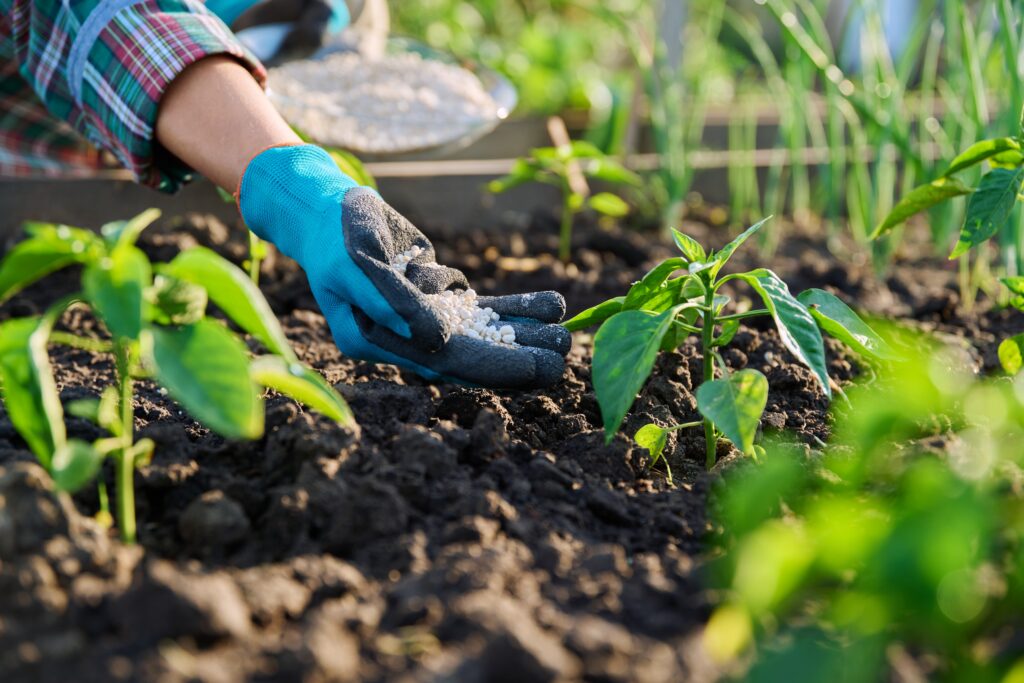
Some gardeners assume feeding plants in fall is pointless because the growing season is winding down. In reality, roots continue developing long after top growth slows. Fertilizer in early fall helps strengthen root systems, which gives plants a head start next year.
Opt for a slow-release or balanced formula that supports root growth rather than leafy shoots. This is especially helpful for lawns, perennials, and woody plants. Feeding at this time builds underground strength, making plants more resilient through winter and into spring.
You Can Skip Mulching Until Spring
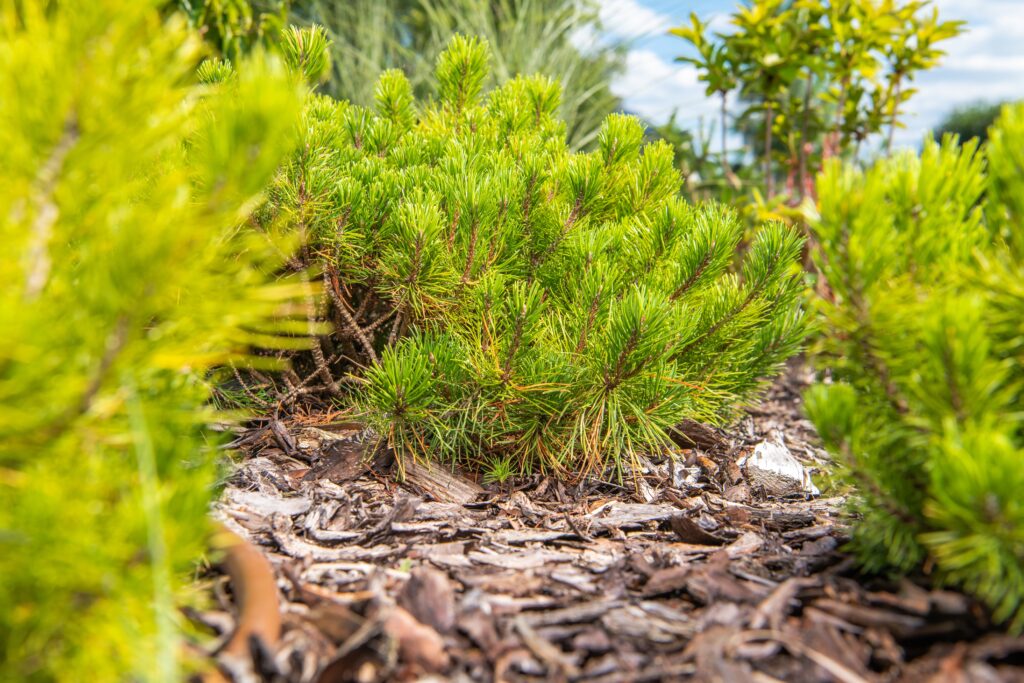
There’s a persistent idea that mulch only matters in the warmer months. Gardeners sometimes hold off until spring, thinking fall application is unnecessary. But mulch plays a vital role in regulating soil temperature and protecting plant crowns during winter.
Adding a layer of organic mulch in fall locks in soil moisture and shields roots from freeze-thaw cycles. It also suppresses weeds that might otherwise germinate early. A two to three-inch covering around perennials, shrubs, and trees can make a noticeable difference by springtime.
Fall Planting Is Risky
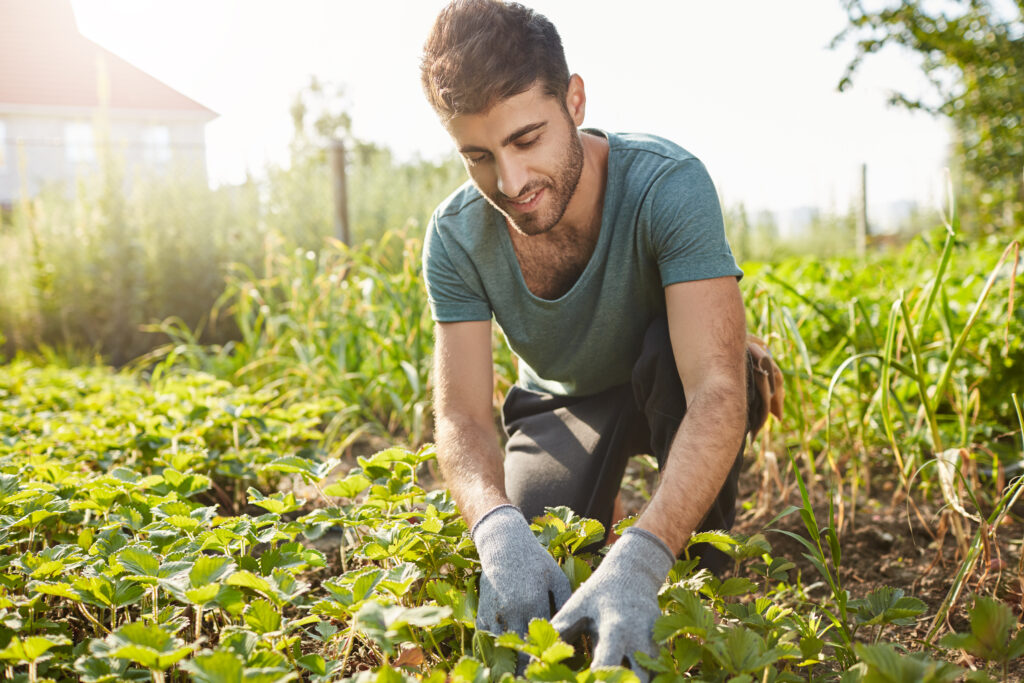
Many believe planting in fall leaves little time for roots to establish before frost. However, the cooler air and warm soil create excellent conditions for root growth. Trees, shrubs, and perennials planted in fall often adapt better than those placed in spring heat.
The key is to plant at least six weeks before the ground freezes to allow roots to settle. Mulching afterward adds extra protection. With the right timing, fall planting can result in stronger, healthier plants once the growing season begins again.
You Should Cut Back All Perennials in Fall
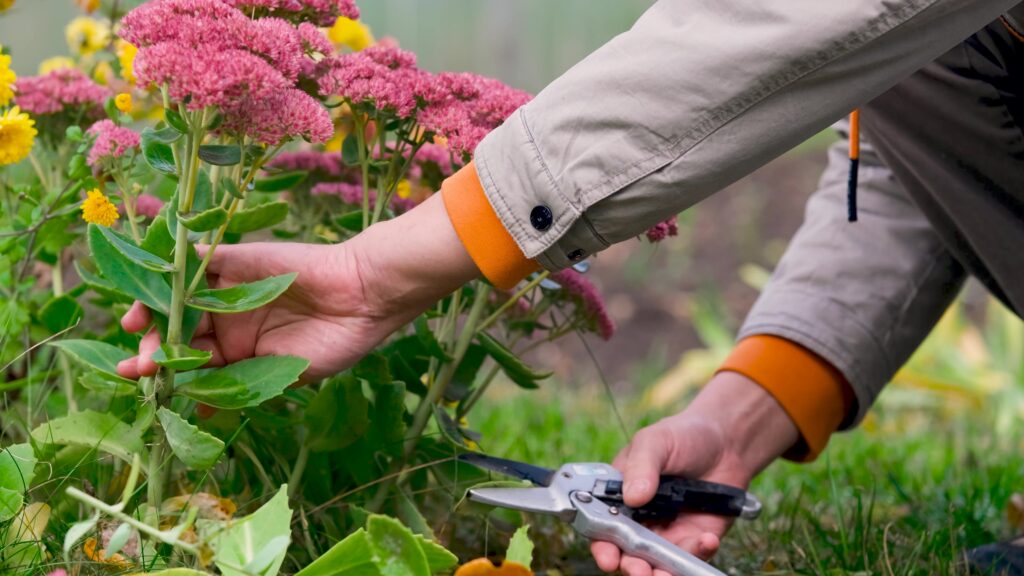
Some gardeners cut everything down to bare soil as soon as autumn arrives. While neat beds look tidy, many plants benefit from being left standing. Stems and seed heads provide shelter for wildlife and protect crowns from harsh weather.
Instead of cutting everything back, focus only on diseased or pest-infested growth. Leave ornamental grasses and sturdy perennials like coneflowers to stand through winter. Their structure adds beauty to the garden while offering food and habitat for birds.
Composting Stops Working in Cold Weather
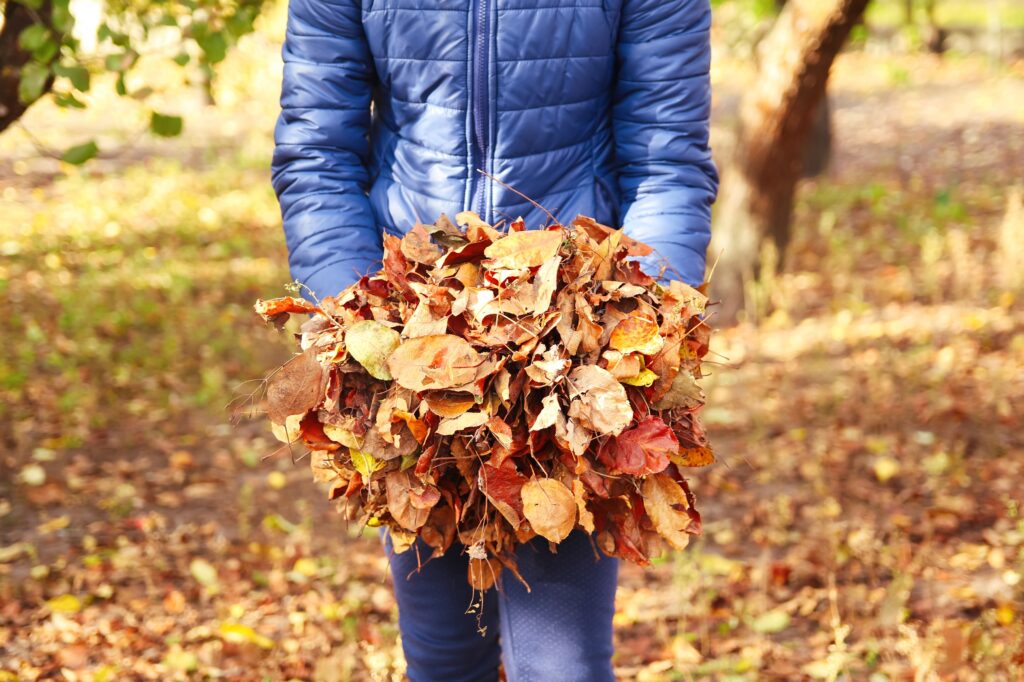
It’s easy to think composting halts completely once the air turns cold. While the process slows, microbes still break down material throughout winter. Piles generate their own heat, especially when layered with nitrogen-rich greens and carbon-heavy browns.
To keep your compost active, add fall leaves, vegetable scraps, and small amounts of grass clippings. Turning the pile occasionally helps maintain airflow. By spring, much of the material will have broken down, giving you a head start on rich compost for planting season.
Lawns Don’t Need Care in Fall
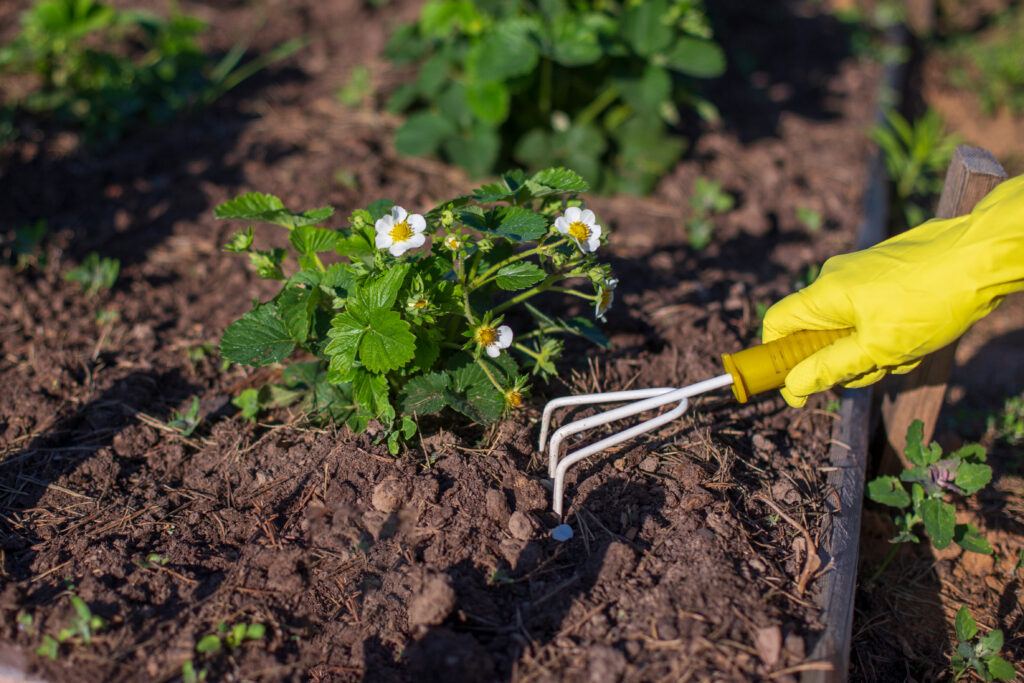
Many people stop tending their grass once summer ends. But cool-season grasses thrive in fall weather, making it the perfect time for lawn care. Skipping this season often results in thin, patchy turf by spring.
Aerating the soil, overseeding bare spots, and applying fertilizer can improve root systems significantly. Grass stores nutrients through fall, allowing it to green up quickly when temperatures rise again. A little effort now pays off with a fuller, healthier lawn later.
Insects and Pests Disappear After Summer
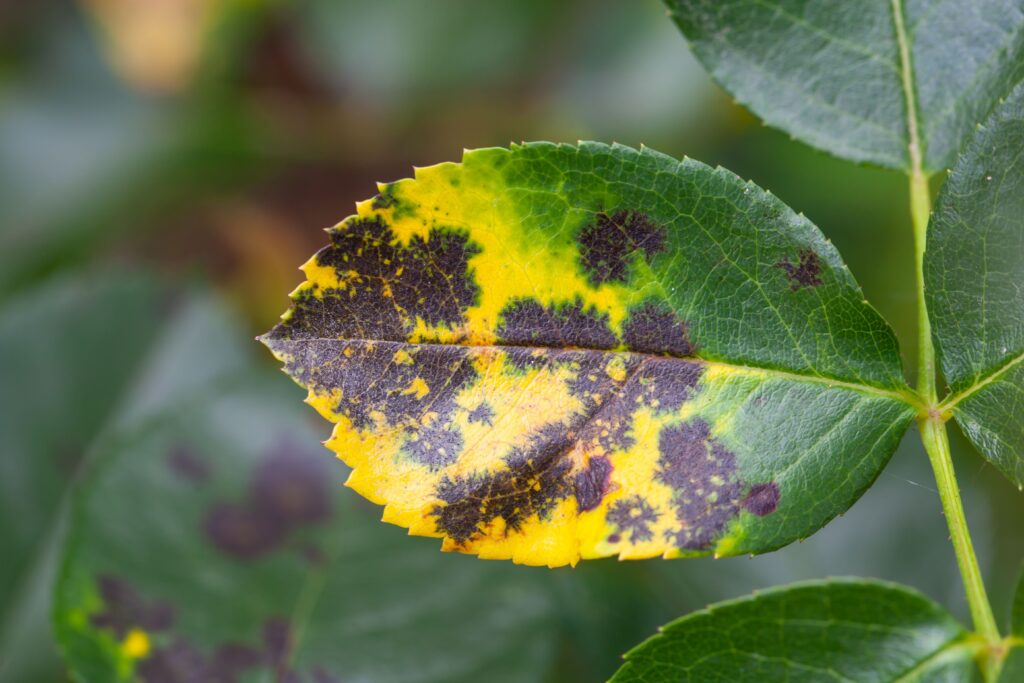
It may seem like pests vanish once the weather cools, but many simply prepare to overwinter. Eggs and larvae often survive in soil, leaves, or mulch. Ignoring them in fall can set the stage for bigger problems in spring.
Removing diseased foliage and cleaning up plant debris helps cut down on overwintering populations. Inspect shrubs and trees for egg masses that may survive cold weather. By tackling these issues now, you reduce the chances of infestations when warm weather returns.
You Can Leave Weeds Alone in Fall
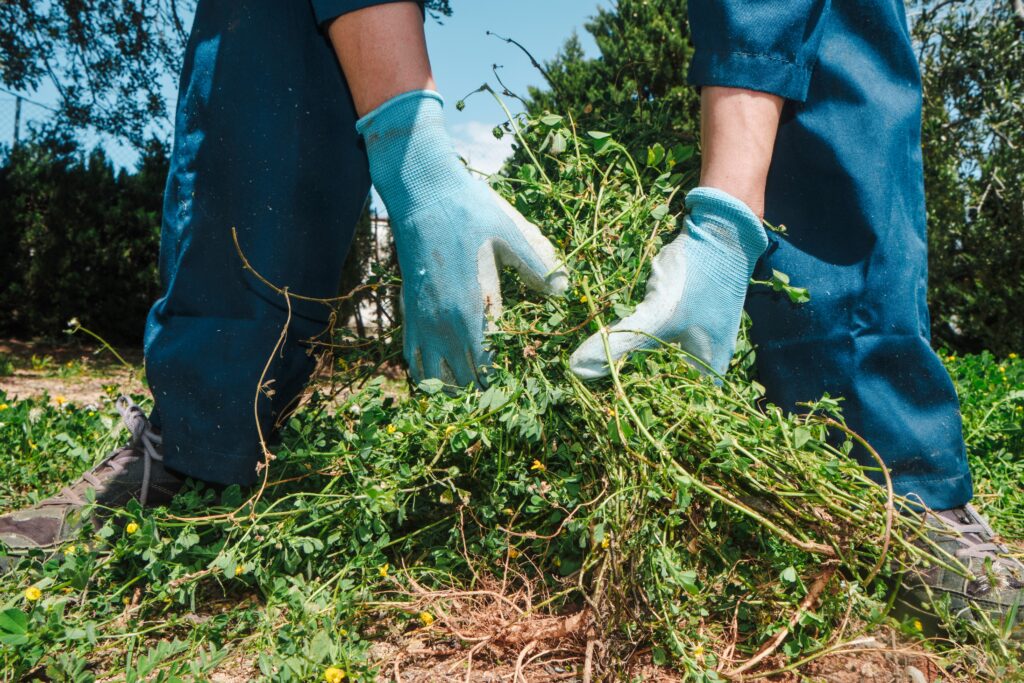
Some assume frost naturally kills all weeds, so they let them stand. Unfortunately, many weeds produce seeds in late fall that will sprout in spring. A single neglected patch can spread quickly once temperatures rise.
Pulling weeds now prevents them from establishing deeper root systems. Apply mulch to smother stragglers and block new growth. Staying ahead of weeds in fall means less work when the garden season begins again.
You Don’t Need to Protect Young Trees in Fall
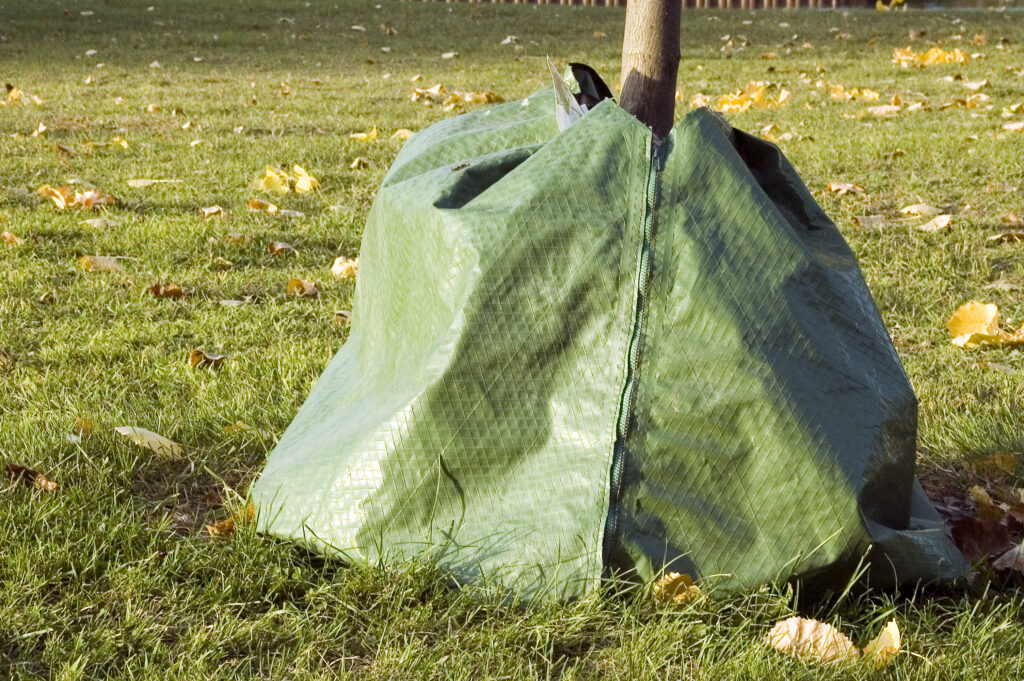
People often focus on planting and watering trees but forget fall protection. Thin bark on young trees is especially prone to winter injury from sunscald or frost cracks. Rodents can also gnaw on trunks when food is scarce.
Installing tree wraps or guards is an easy solution. These barriers shield trunks from extreme temperature swings and pests. By taking this step in fall, you give your trees a stronger chance to thrive in spring.
Bulbs Should Only Be Planted in Spring
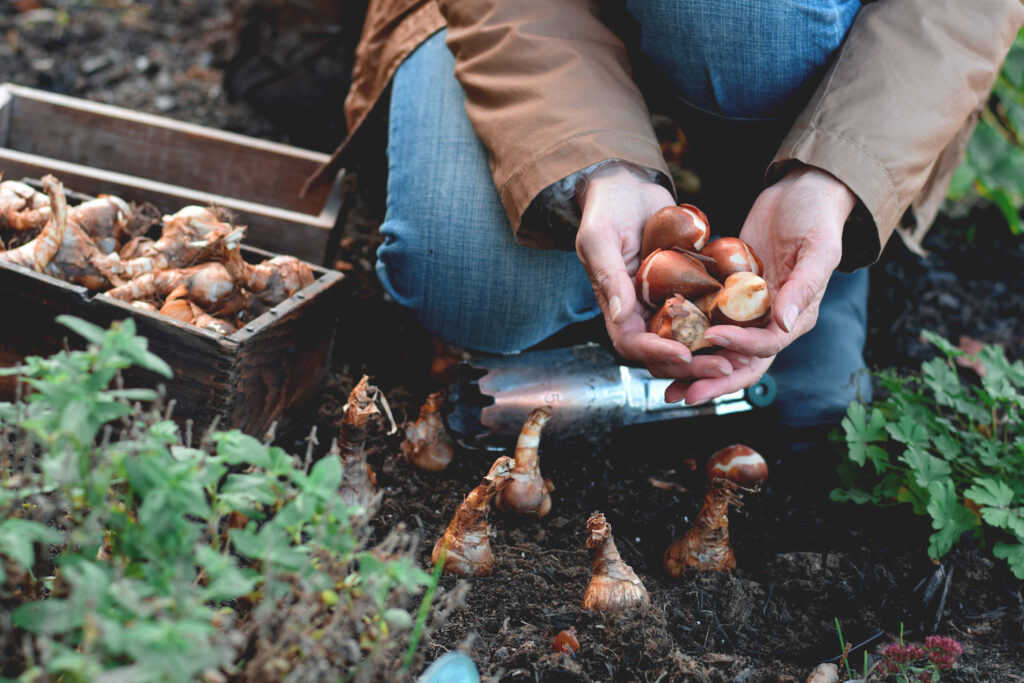
A lot of gardeners delay planting bulbs, thinking they’ll do better in spring. The truth is that most spring bloomers need fall planting to develop roots. Tulips, daffodils, and crocuses all require winter’s cold to bloom properly.
Plant bulbs a few inches deep in well-drained soil before the ground freezes. Adding a layer of mulch helps protect them during cold months. Come spring, you’ll be rewarded with vibrant flowers that would never appear if planted too late.
Pruning in Fall Helps Plants Get Ready for Winter
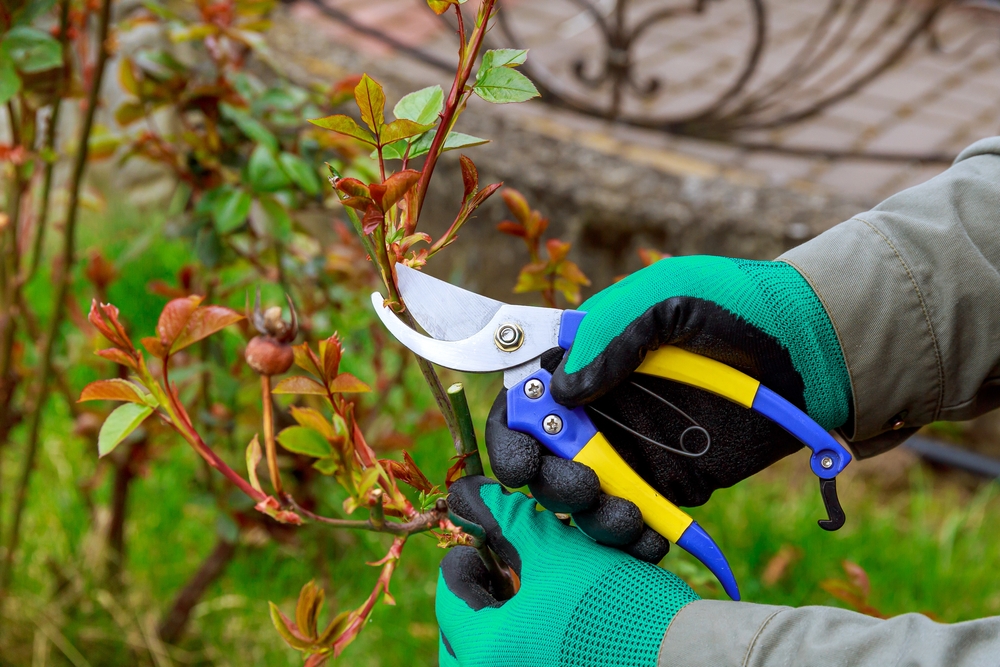
Pruning in fall seems logical, but it often causes more harm than good. Fresh cuts can encourage tender new growth that is easily killed by frost. This leaves plants stressed and sometimes more vulnerable to disease.
It’s better to wait until late winter or early spring for major pruning. At that time, plants are dormant and heal more effectively. Light shaping can be done in fall, but hold off on heavy cuts until the following season.
Garden Beds Should Be Left Bare Over Winter
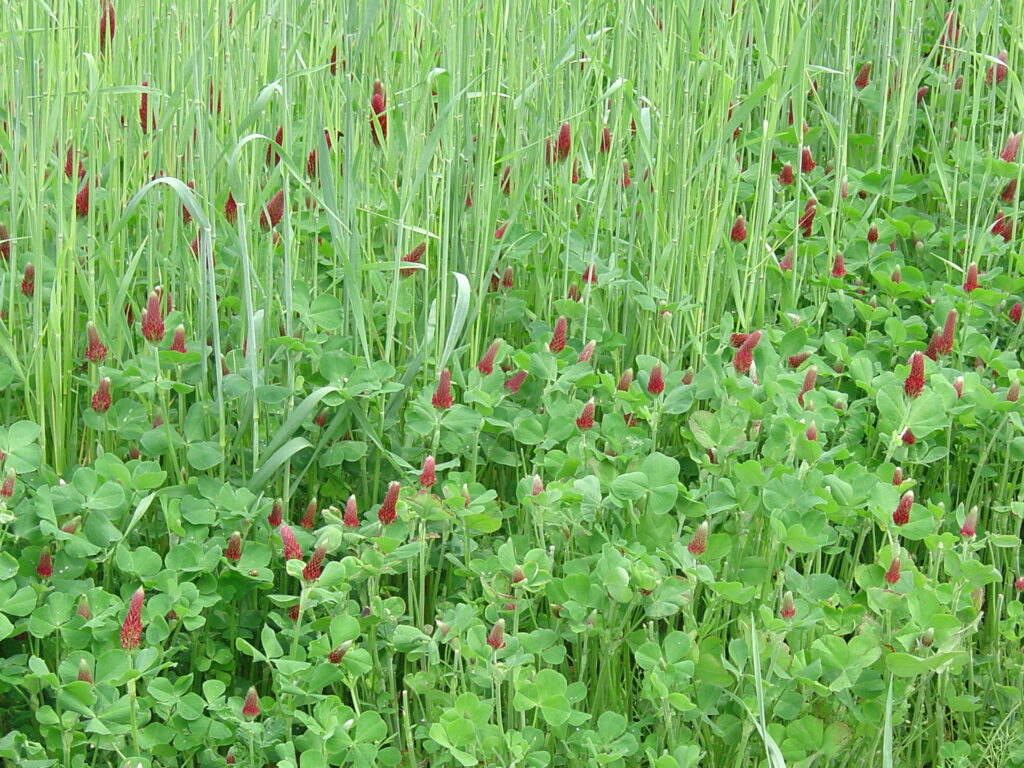
Some gardeners remove all vegetation and leave soil exposed until spring. This practice can lead to erosion, nutrient loss, and compacted soil. Bare soil also encourages weed seeds to settle.
Cover crops such as rye or clover are excellent for protecting soil. Alternatively, spread straw, shredded leaves, or compost over the beds. These coverings improve soil health and make planting easier when spring arrives.
Raised Beds Don’t Need Fall Prep
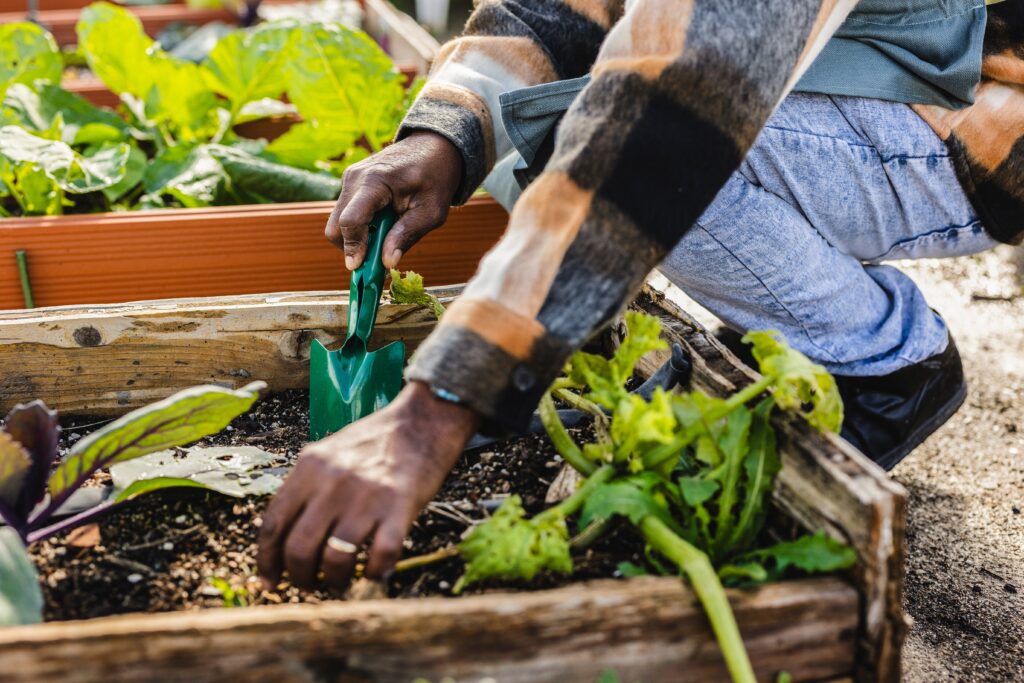
Raised beds often get overlooked in autumn since they’re separate from the main yard. Yet neglecting them can mean poor results next year. Beds left uncovered may lose nutrients and invite pests or disease.
A better approach is to clear out spent plants and add compost to refresh the soil. Covering the surface with mulch or a protective crop helps retain fertility. Preparing raised beds in fall sets them up for strong growth when planting season begins again.
This article originally appeared on Avocadu.
